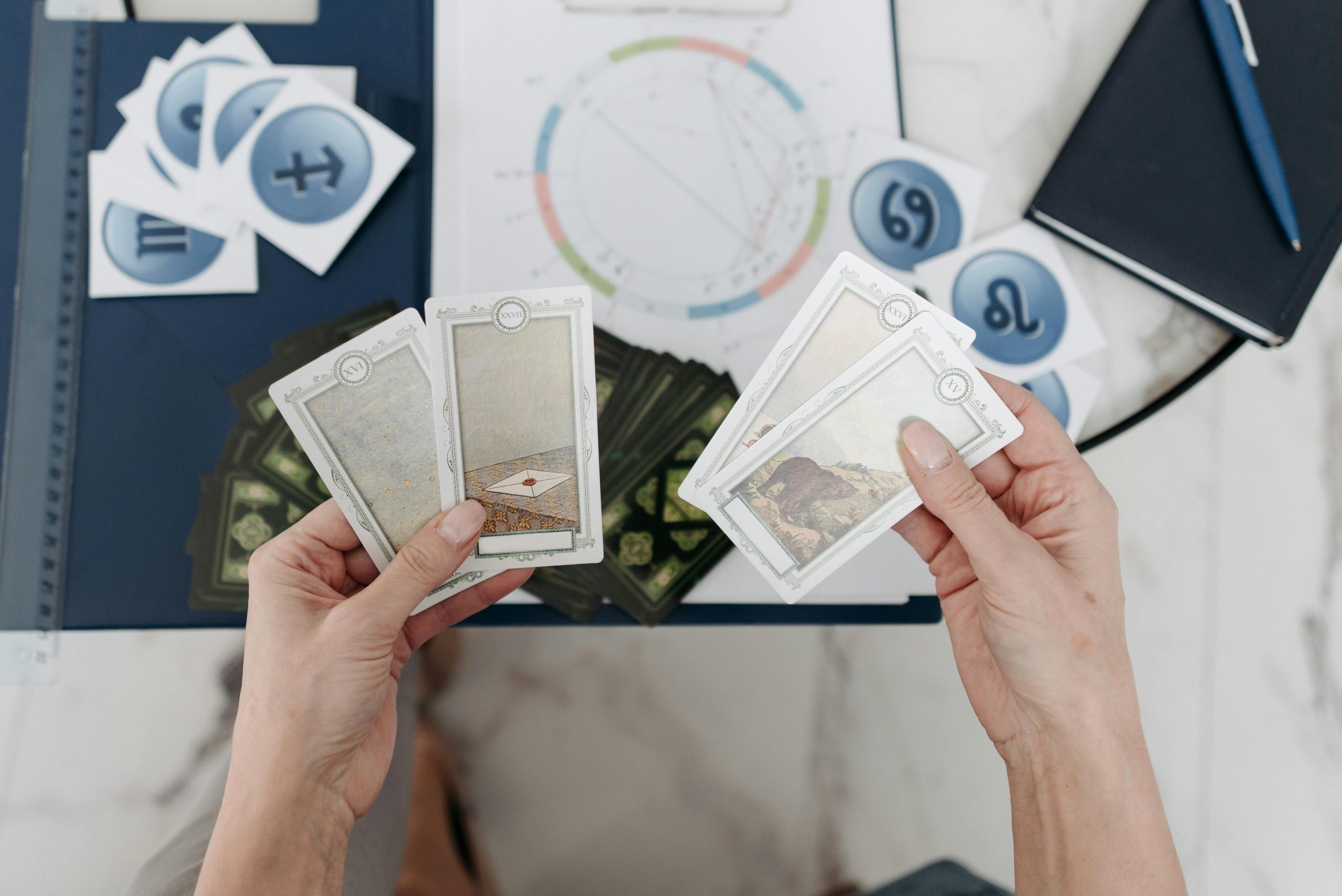The Science of ‘Sleepmaxxing’: Why Gen Z’s Wellness Obsession is Actually GeniusTarget Length: 1,000–1,200 words
Move over skincare routines—Gen Z has discovered that optimizing sleep is the ultimate life hack. While older generations swore by hustle culture, late nights, and caffeine-fueled mornings, today’s young adults are rebranding rest as the secret weapon to peak performance, better mood, and even glowing skin. It’s called sleepmaxxing, and it’s not just a passing trend—it’s rooted in science, data, and a deeper shift in how people view wellness.
Welcome to the new self-care era, where blackout curtains are the new status symbol and your circadian rhythm is more important than your follower count.
At the center of this trend is the rise of “Winter Arc,” a term popularized on TikTok that celebrates slowing down, prioritizing rest, and embracing seasonal shifts in energy. Paired with sleepmaxxing and other data-driven wellness strategies, it marks a generational shift toward self-awareness and intentional living. Gen Z isn’t just sleeping more—they’re sleeping smarter. And the science backs them up.
Sleepmaxxing isn’t about laziness or indulging in 12-hour naps. It’s about treating sleep as the foundation for every other part of life—from gym performance to mental health, from hormonal balance to emotional resilience. Gen Z is using everything from Oura Rings and Whoop Straps to Apple Watches and sleep tracking apps to dissect their REM cycles, monitor heart rate variability, and figure out exactly how to recover better. To many, this hyper-awareness may seem obsessive. But research supports the payoff.
According to studies from the National Sleep Foundation and Harvard Medical School, even small improvements in sleep quality can lead to significant boosts in cognitive function, immunity, metabolism, and long-term mood regulation. Sleep tracking tools help users identify what habits are sabotaging their rest—be it blue light exposure, late-night snacking, or stress spikes—and allow for meaningful, measurable change.
There’s also a strong psychological component to this movement. Gen Z grew up surrounded by data—steps counted, likes tallied, screen time monitored. Self-quantification isn’t new to them; it’s native. But unlike earlier generations who viewed this constant tracking as invasive or stressful, many young people see it as empowering. Tools that track sleep stages or stress levels aren’t about perfectionism—they’re about self-discovery. Knowing your body’s signals and patterns creates a deeper connection to physical and emotional needs.
Social media plays a crucial role in the spread of this movement, but not in the way you might think. While platforms like TikTok and Instagram often get criticized for promoting unrealistic beauty standards, they’ve also become hubs for accessible wellness education. Influencers aren’t just pushing products anymore—they’re posting bedtime routines, sharing melatonin-free wind-down tips, and reviewing different sleep masks. Some even post daily “Sleep Scores” like others share Wordle results.
What’s unique is that this content isn’t exclusive. There’s no need for expensive gear to join in. Many Gen Z creators focus on low-barrier entry points to wellness—DIY blackout curtains, calming Spotify playlists, journaling prompts, or magnesium-rich snacks before bed. The point isn’t to buy your way into health—it’s to build better habits one small change at a time.
Another key aspect of this generation’s approach to wellness is the rejection of guilt. Sleepmaxxing celebrates doing less, not more. While Millennials may have internalized the grind mindset, Gen Z is asking: What’s the point of working harder if your body isn’t functioning at its best? Prioritizing sleep is seen as a form of resistance against burnout culture—a radical act of choosing sustainability over speed.
Still, this mindset shift isn’t just for Gen Z. Older generations can benefit greatly from these strategies—without the social media pressure. The truth is, you don’t need to post your nighttime skincare or hashtag your bedtime. You don’t even need a wearable tracker if that’s not your style. The core ideas behind sleepmaxxing are deeply practical:
– Understand your sleep patterns and triggers.
– Create a consistent bedtime and wake time.
– Optimize your sleep environment: cool, dark, and tech-free.
– Focus on recovery, not just output.
– Listen to your body instead of fighting it.
There are now dozens of ways to incorporate these habits into daily life. Free sleep tracking apps like Sleep Cycle or Pillow provide insight into your cycles using just your phone. Devices like Hatch Restore offer gentle sound and light cues to improve sleep onset. Even simple changes like limiting caffeine after noon, dimming lights in the evening, or wearing blue light glasses can lead to better rest.
The bigger message? This isn’t about becoming hyper-optimized. It’s about finally giving sleep the respect it deserves. For too long, sleep was viewed as downtime—unproductive, boring, or lazy. But science tells us it’s where the real transformation happens. Growth hormones are released. Memory consolidates. The nervous system resets. Prioritizing rest isn’t just trendy—it’s biologically essential.
What Gen Z is doing differently is owning that reality out loud—and unapologetically. By rebranding rest as aspirational, they’ve made it culturally acceptable to value recovery. And that might be the smartest wellness move of all.
So whether you’re deep into biohacking or just learning how to fall asleep without scrolling, there’s something to learn from this data-driven, sleep-first approach. In a world that constantly demands more, Gen Z’s obsession with doing less—but doing it better—may be exactly what we all need.







